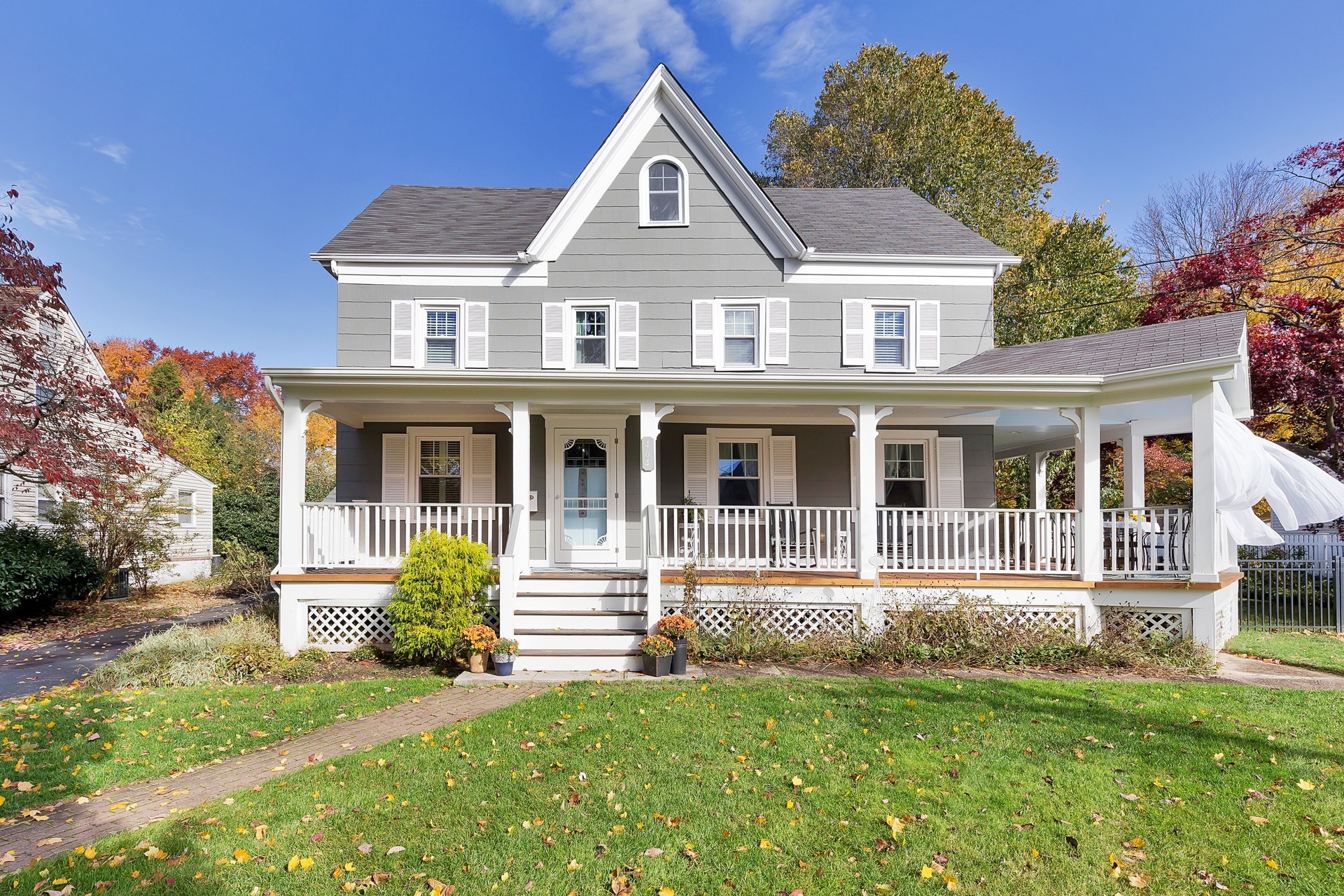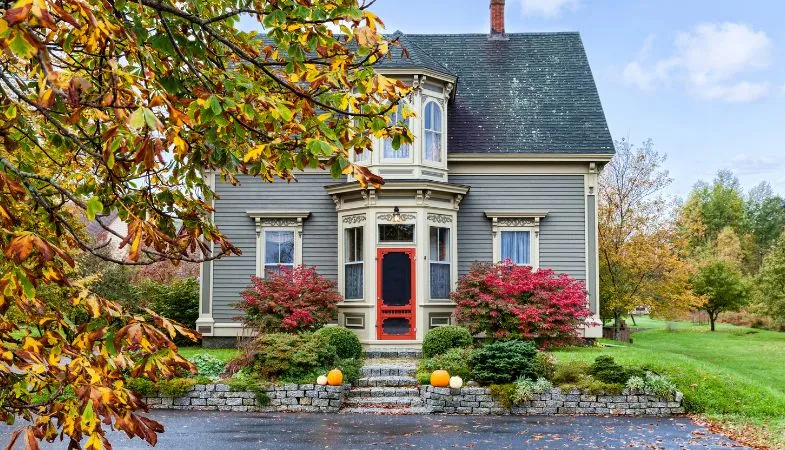If, at first, you don’t succeed in selling your house, try and try again? For many residential property owners in today’s Canadian real estate market, it can be challenging to sell a home, whether because of the listing price or higher borrowing costs. In a more balanced housing sector, relisting can be more common to witness.
Relisting refers to putting a property back on the real estate market after it has already been listed. Indeed, relisting is typically done for a wide range of reasons:
- The initial listing period for a property has expired without a sale.
- The property was under contract, but the deal did not go through, forcing the seller to put it back on the market.
- Sellers realize the property was not priced right.
- Sellers decide to do some repairs or renovations and relist it to receive a better offer.
- The seller simply relists the detached home or condominium at a different time depending on the market trends and movement.
Sometimes, sellers have a life change (an emergency, death, divorce, job loss, or employment change) and have no choice but to delist and relist later. The primary objective of relisting is to attempt to find buyers and get a second chance at selling a property.
Does Relisting Work?
Relisting at a higher price can be successful in certain situations.
A residential property that has been on the market for an extended period and remains unsold can often develop a negative reputation. Buyers may perceive that home to be either overpriced or flawed.
Experts contend that this is why sometimes sellers take their listing off the market, reassess it, and relist it to avoid unnecessary complications. However, at the same time, this has to be performed with tact, strategy, and diplomacy. Industry observers note that sellers should not simply delist one day and relist the next day. In other words, there needs to be a process and an approach behind the relisting.
If a property has been sitting on the market and going stale, there is no harm in relisting it so that it appears fresh and new. A desirable days-on-market (DOM) time is generally recommended to be around 33 days. If a property does not sell within this time, giving it a fresher look might be prudent. A property may not sell for many reasons:
- Price
- Poor visibility
- Poor marketing strategy (terrible photos, no photos, lack of information about features/specifics)
As a result, revamping the details and relisting can work to get more attention from prospective buyers.
Beware of Many Scenarios
The pros and cons of relisting at a higher price must be considered.
The most basic risk of relisting is that it might give the impression that the property did not sell initially and is being relisted, so something must be wrong with it. Therefore, buyers may not want to pay a higher price for such a property. Sometimes, buyers who recognize a listing from before could see that the price has increased. This could lead to two different scenarios. First, it might make them scoff at the listing. Second, prospective buyers may take advantage of the situation and make lowball offers, knowing the property has been on the market before.
The biggest blunder sellers can make while relisting is using the same content, photos, and details and then raising the price tag. This makes the entire process redundant. If you want to sell at a higher price, you must justify why your unit needs to be sold at that rate. Unless you can justify the higher price, there is no point in delisting and relisting.
Seeking the services and advice of a real estate agent can go a long way in relisting effectively.
While there are risks involved, this strategy also offers specific benefits.
One of the most significant advantages is that a relisting resets the days-on-market clock for your property. If you do it right, your list will show your property as newly listed with zero days on the market. This can potentially attract new buyers, and you can get offers for a higher price.
Additionally, another benefit is that sellers can get another chance to do it right. If the property does not garner much attention the first time, the seller can reevaluate and figure out how to make the property more attractive. This could be done through renovation and repairs, allowing you to justify the higher price. Relisting provides the seller with some time to focus on such improvements.
Sometimes, relisting can allow sellers to take advantage of less competition or better market conditions.
Do Relisting Right
Whatever you do, if you decide to relist your property at a higher price, make sure you do it right.
It is vital that you ensure your listing has high-quality professional photos of the property, includes a virtual tour, and clearly outlines all the property’s best features. Only then can you benefit from going through all this trouble. The goal is to adjust your selling strategy based on the response you got the first time around. If you don’t change your strategy, the exercise is futile.
Ultimately, the goal is to avoid your property list from becoming stale. You do not want buyers to be put off by it but instead be attracted to the single-family house, townhome, or condominium unit. If you do it right, you might be able to attract an entirely new group of homebuyers.






